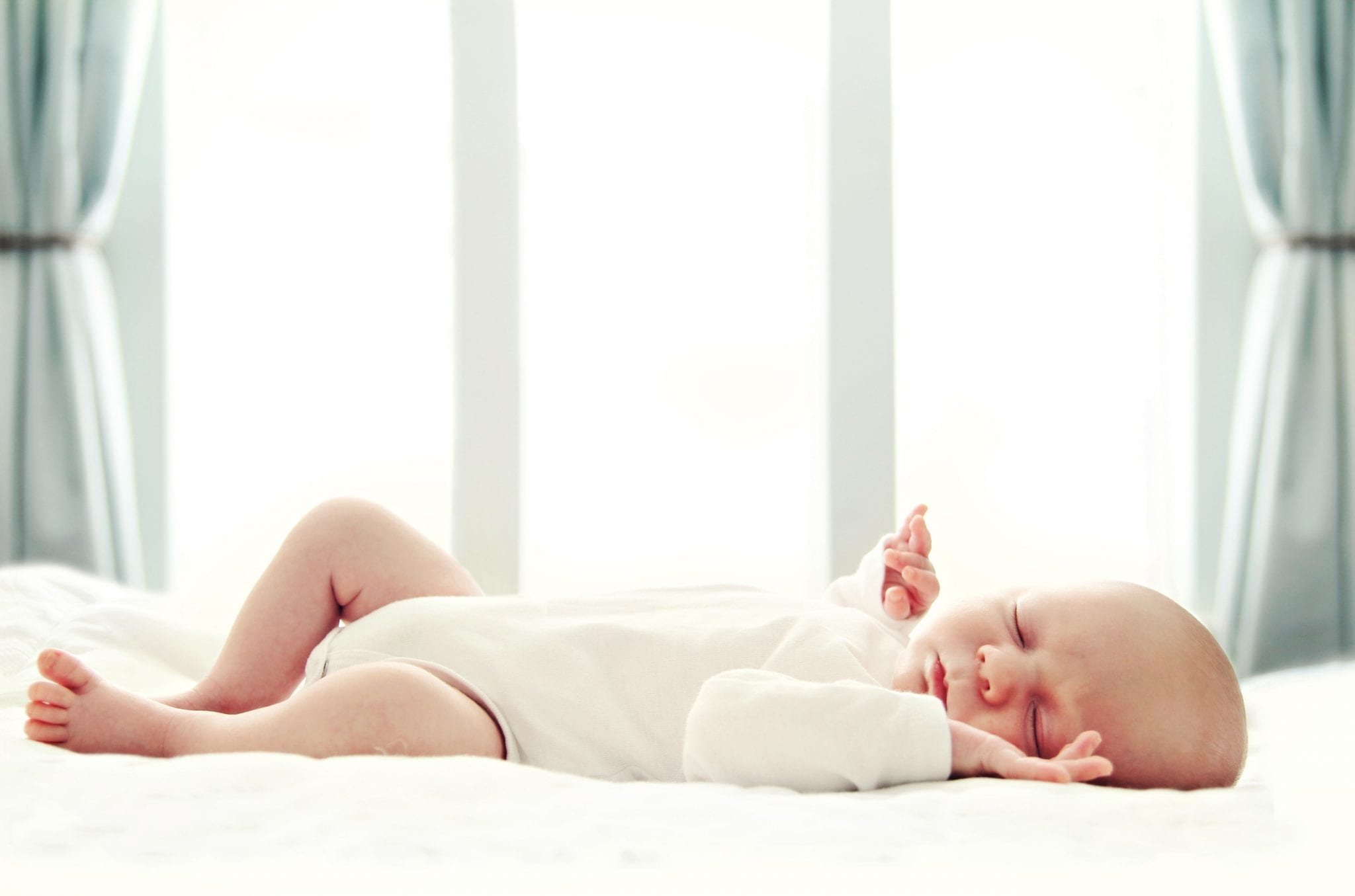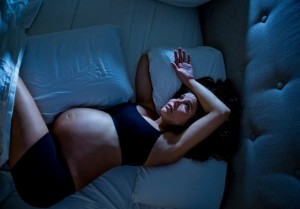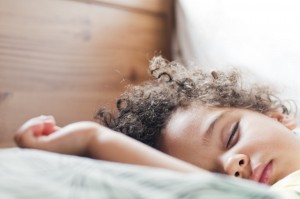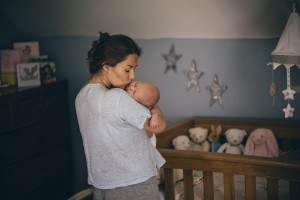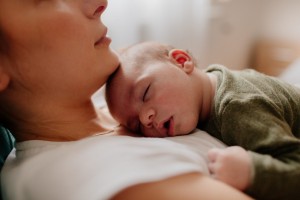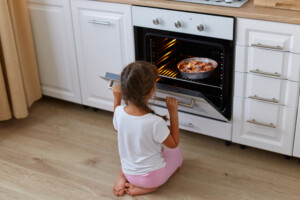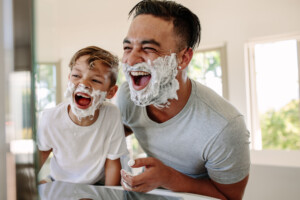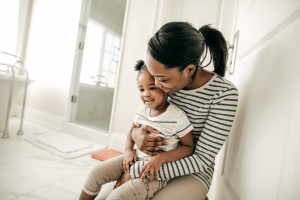Having a child brings up many questions. It just comes with the territory. No matter how many books you read, there’s nothing quite like lived experience. Safe sleep is an important topic, and well-meaning people may advise you on the best way for your baby to sleep. Their suggestions may include when your baby should be sleeping on their stomach. But is this a safe option?
According to CDC data from 2020, nearly 3,400 babies died from sudden unexpected infant deaths (SUID), including 1,389 from sudden infant death syndrome (SIDS) and 905 from accidental strangulation, entrapment, and suffocation, often during sleep.2,3 In 2022, the American Academy of Pediatrics (AAP) published a new policy statement outlining safe infant sleep recommendations to reduce the risk of sleep-related infant deaths.1
In this article, we’ll discuss safe sleep recommendations and answer parents’ burning questions about children sleeping on their stomachs and the need for tummy time.
Is It Safe for Babies To Be Sleeping On Their Stomach?
Overwhelmingly, the answer is no for the first year of life. Babies develop rapidly during their first 12 months. The ability to roll over is a milestone parents can look forward to around six months. However, some babies will start earlier.4 Even though they may be rolling over independently, the American Academy of Pediatrics recommends that “Back is best” when putting your baby to sleep at night and for all naps during their first year.5
How Should Babies Sleep?
Some positioning recommendations include the following:1
- Place your baby on their back every time they sleep, including naps.
- Use a firm, flat (not inclined) surface when putting your baby to sleep.
- Babies should not sleep on the same surface as their caregivers. For example, sharing a bed, sofa, couch, or chair is off-limits for sleeping.
- Babies should sleep in the same room as their parents until at least six months old but have a separate sleeping surface like a crib or bassinet.
The AAP developed the “Back is best” initiative in the United States to combat SIDS and other sleep-related deaths. SIDS remains a leading cause of death in infants.2 While doctors do not know what causes SIDS, they have identified that sleeping on their stomachs will increase a child’s risk for death from SIDS.1
Previously, people thought that when sleeping on their backs, babies would be more likely to choke or breathe spit-up milk into their lungs (aspiration). The AAP states that a baby’s normal body responses will combat such risks.1
Expert recommendations changed in the 1990s to recommend babies sleep on their backs, and guidelines continue to evolve.6 Before the changes, however, many infants slept on their stomachs. Despite the number of yearly SIDS deaths dropping after healthcare providers changed their advice to parents, it remains a significant cause of infant mortality.3,6 Because there has been a change in infant sleep recommendations, you may have well-meaning family and friends advising stomach sleeping simply because they are unaware of this new and vital information.
When Can Babies Start Sleeping on Their Stomach?
Although SIDS can happen anytime during the first year, months 1 to 4 carry the highest risk, and 90% of deaths occur by six months. However, to ensure their baby’s safety, parents should continue to place infants on their back to sleep until their first birthday.7,8
You may know of babies who had gastroesophageal reflux disease (GERD) and were sleeping on their stomachs, perhaps with an inclined surface or wedge. Doctors no longer recommend this because research and data indicate that stomach sleeping and its risk for SIDS outweigh any benefit. Parents of babies in a neonatal intensive care unit (NICU) may see their baby lying on their stomach (“prone” position) or in a side-lying position).
This may be confusing, and you may ask health providers if this is safe. Sometimes, a hospitalized infant is positioned to sleep on their stomach or in a side-lying position for medical reasons. During this time in the NICU, these infants are on hospital monitors and cared for by specialized medical staff. However, once they stabilize, health providers will transition these infants to follow “Back is best” guidelines.1
What if Your Baby Rolls Over While Sleeping?
Your baby’s first year is a year filled with firsts. Before you know it, your newborn will become a wiggly, curious, and active baby. Their arms and legs will be flailing around. They will be able to lift their heads, and typically, by six months, babies can roll over in both directions.4 They will surprise you daily because their development is rapid. Some babies can roll over earlier, so be ready because one day, you look at your little one and wonder how they did that.
So, while celebrating that your child is meeting an exciting milestone, you may be worried about sleep positioning. The AAP recommends placing your baby on their back to sleep. Even if your baby can turn themselves over, do not intentionally put them to sleep on their stomach. If they roll over while sleeping, the AAP states they can remain in that position.1
However, a rolling baby risks getting tangled or suffocating in soft bedding, including blankets, pillows, crib bumpers, and stuffed toys. The only thing in your child’s crib should be a fitted sheet. The sleep surface should be clear and stark. Suppose you put your baby to sleep on their back and roll to their stomach. In that case, it is acceptable to leave them prone as long as the sleep surface meets all other recommendations, including consumer product safety standards.1,9
What About Tummy Time for a Newborn?
Newborns sleep often, and their sleep patterns are typically brief at first, lasting a few hours between around-the-clock feedings.10 As a result, newborns may spend much time being held for feeds or comfort and sleeping on their backs. Tummy time helps newborns gain skills for healthy development and enables them to build on previous developmental milestones. In addition, tummy time may help to combat the development of a flat head or “positional plagiocephaly.” 12
Tummy time involves placing a baby on their stomach when they are awake. A caregiver must always be watching them. Never leave your baby unattended, even briefly, while on their stomach. By placing your baby on their stomach, you give them time to develop and strengthen their neck, shoulder, arm, and chest muscles, preparing them to roll over, crawl, and walk.11
When To Begin Tummy Time
Tummy time for a newborn can begin within a few days after birth. Start by placing your newborn on their stomach for about three to five minutes at a time, two or three times a day, slowly increasing the duration. The AAP recommends daily 15 to 30 minutes of tummy time by week seven.1,11
Some tummy time tips include:11
- Lay your baby on a clean blanket or towel on the floor. Make sure the area is clear of hazards.
- Try tummy time after a diaper change or after waking from a nap while your baby is in a quiet but alert stage.
- Talk and interact with your newborn. You may try to get their attention with a toy.
Possibly one of the sweetest sights you can see is a peacefully sleeping baby, and keeping them safe is a priority. Always contact your healthcare provider with specific questions or concerns about your child. However, for your baby’s first year, sleeping on their stomach increases the risk of SIDS and other possible sleep-related deaths, including suffocation. But when they are awake, tummy time is essential to your child’s development. Tummy time is also fun to interact and bond with your baby as they grow and develop.













